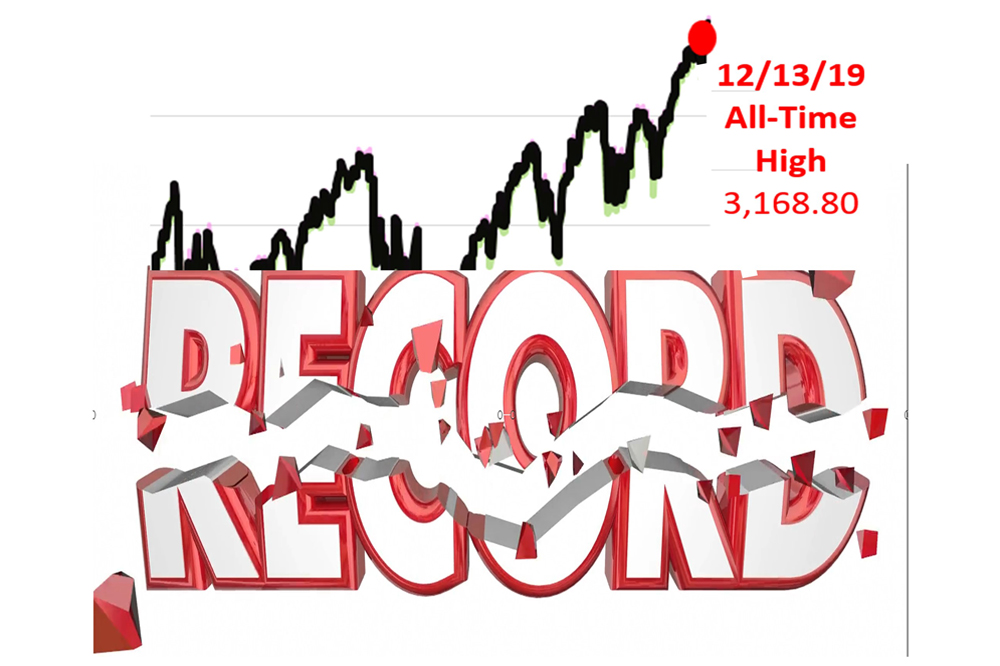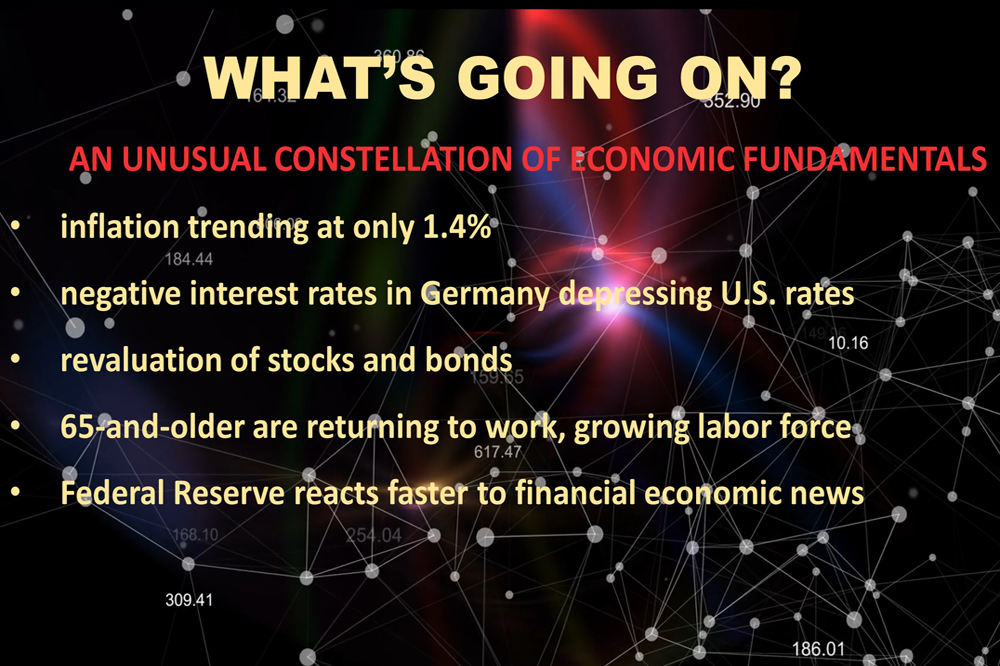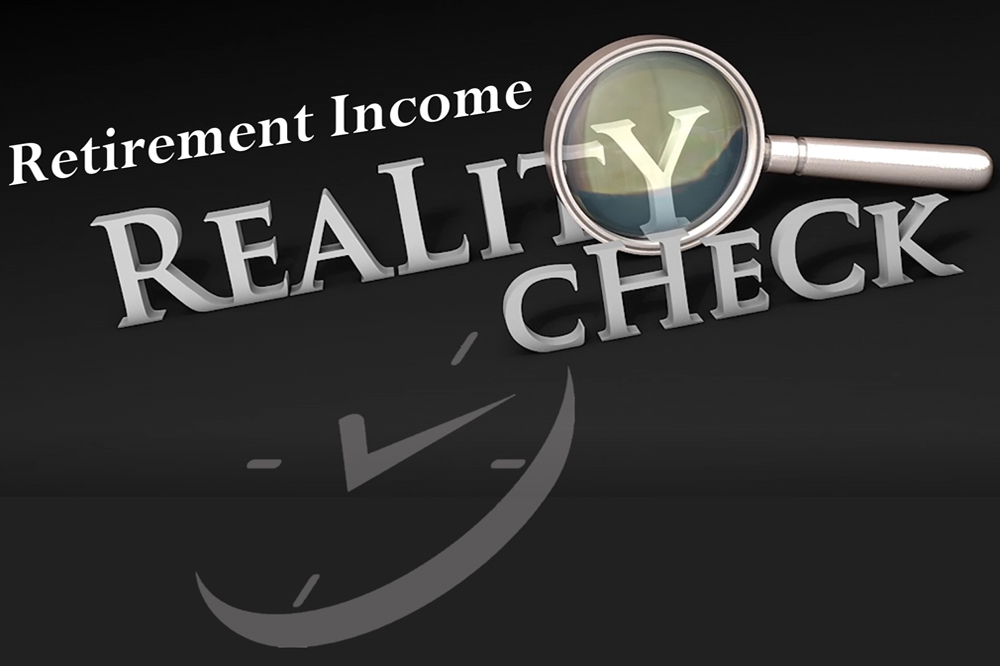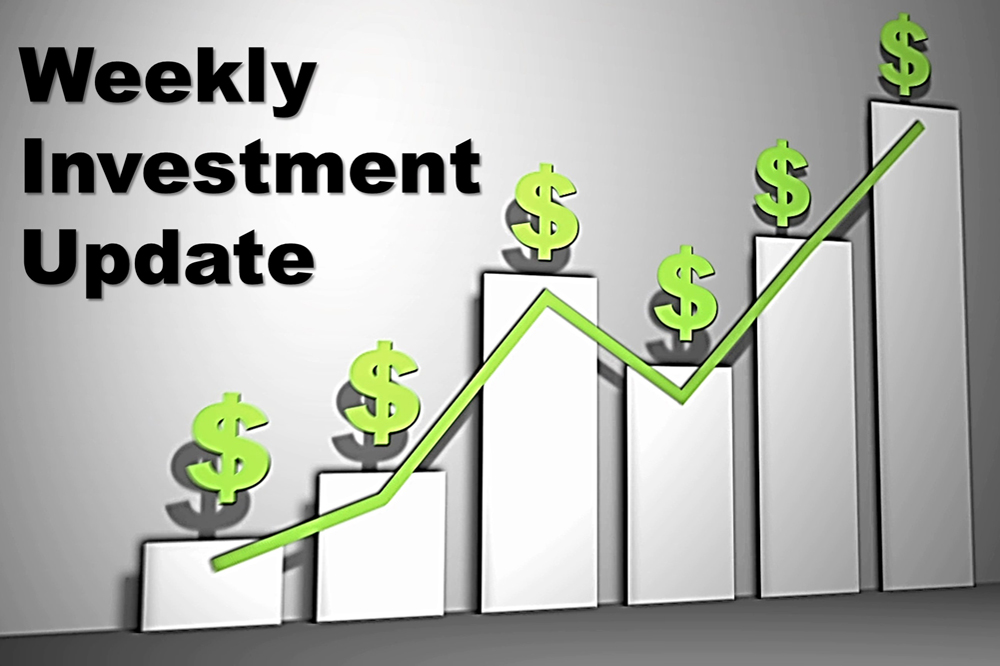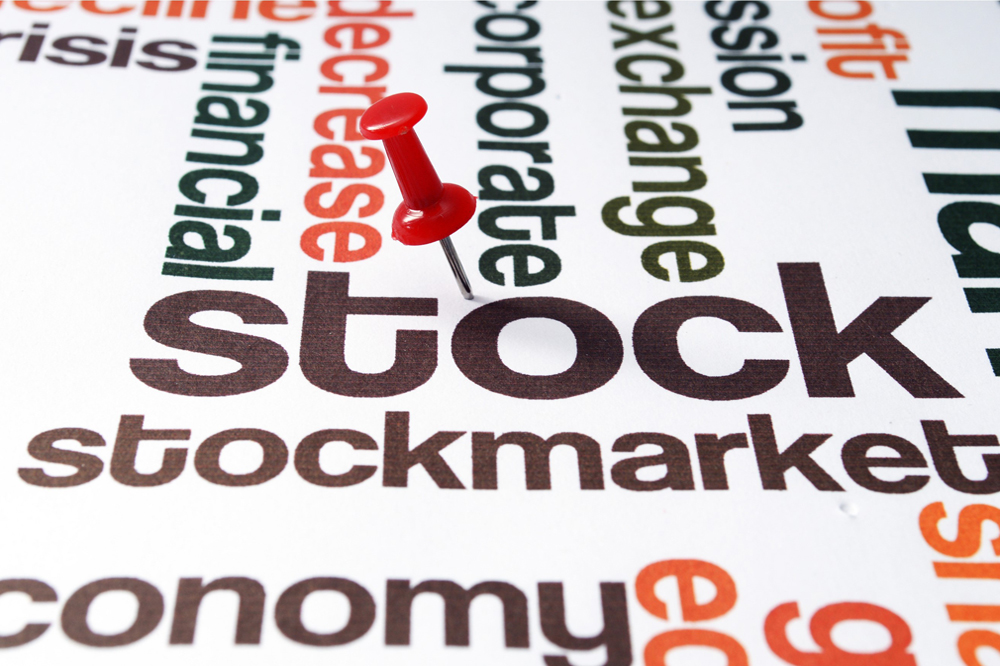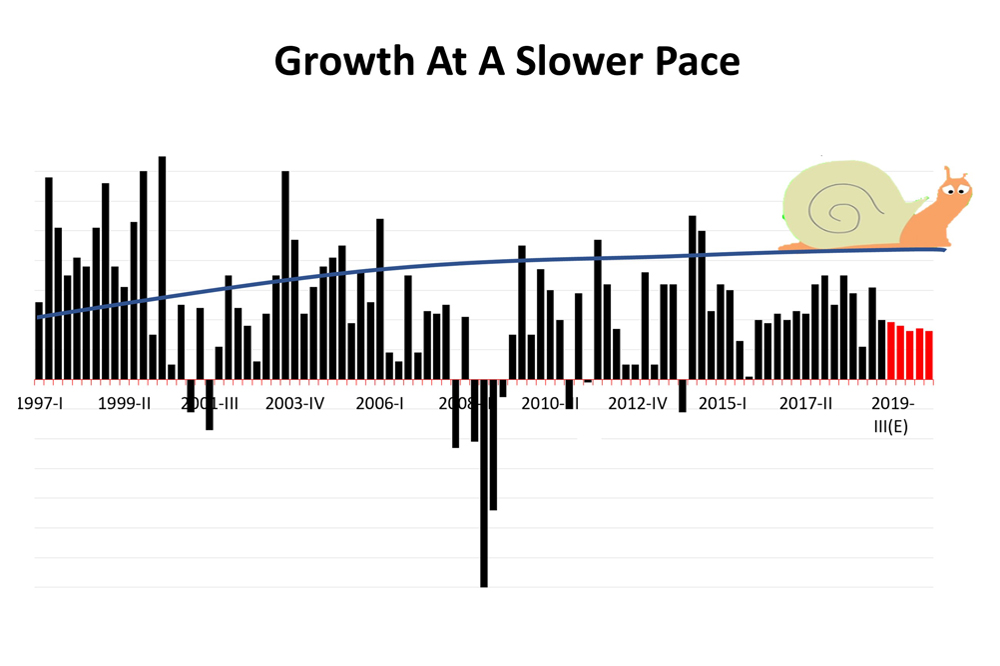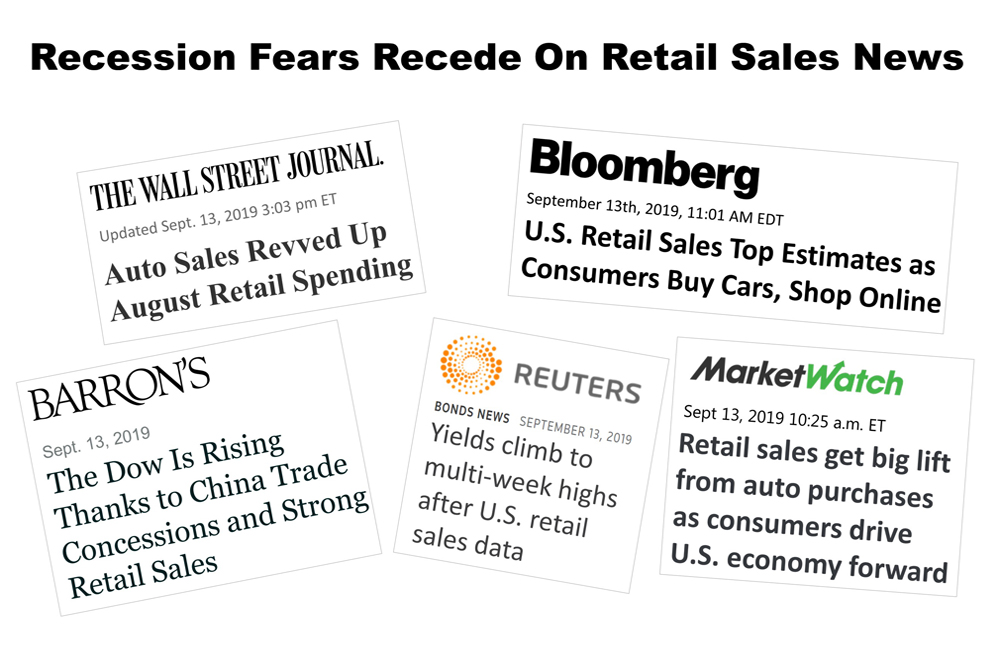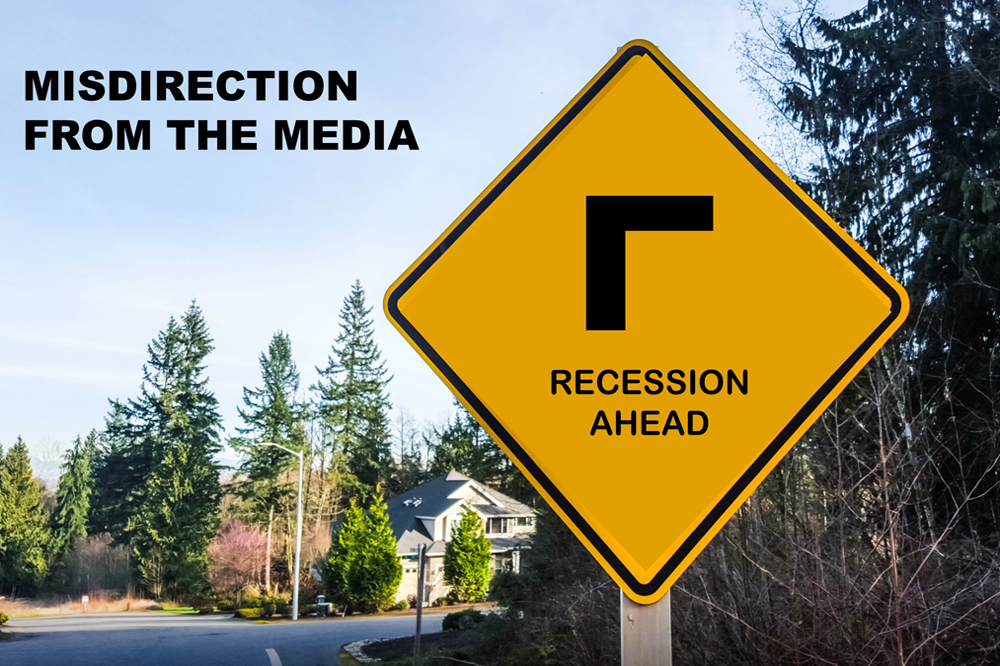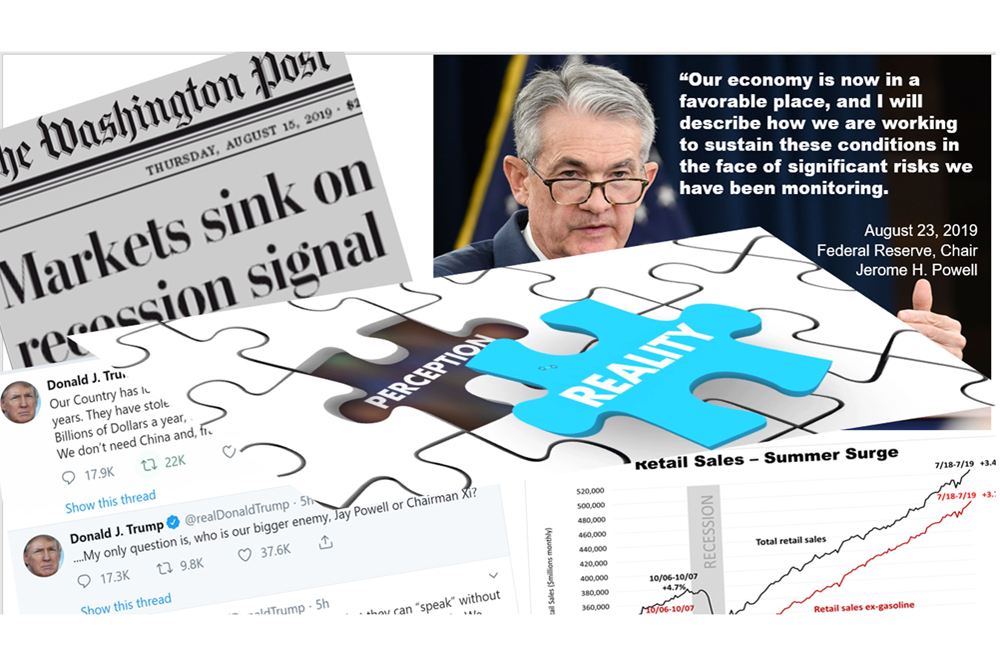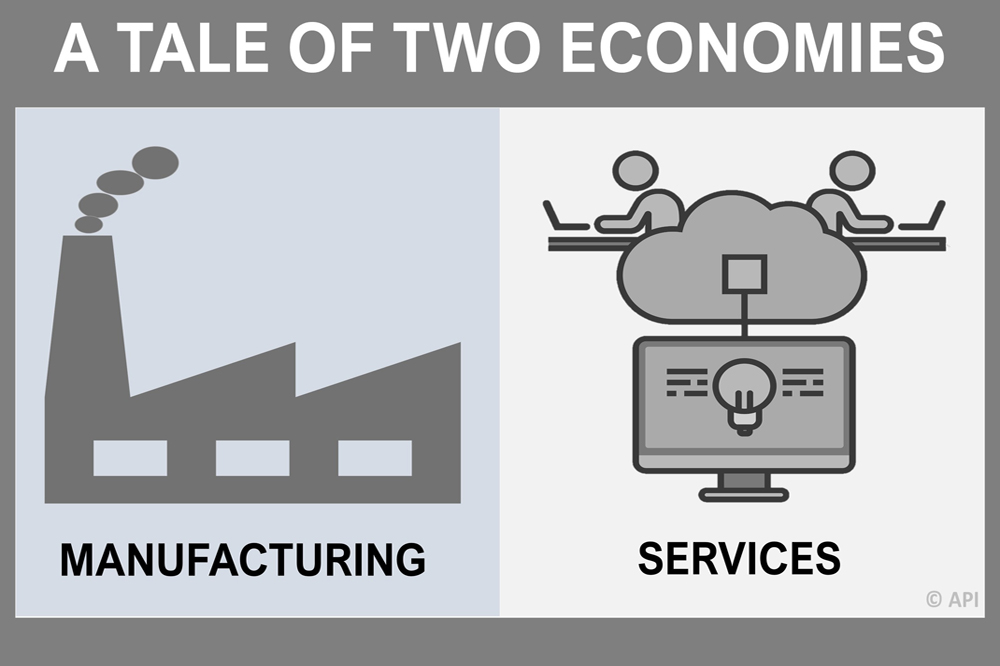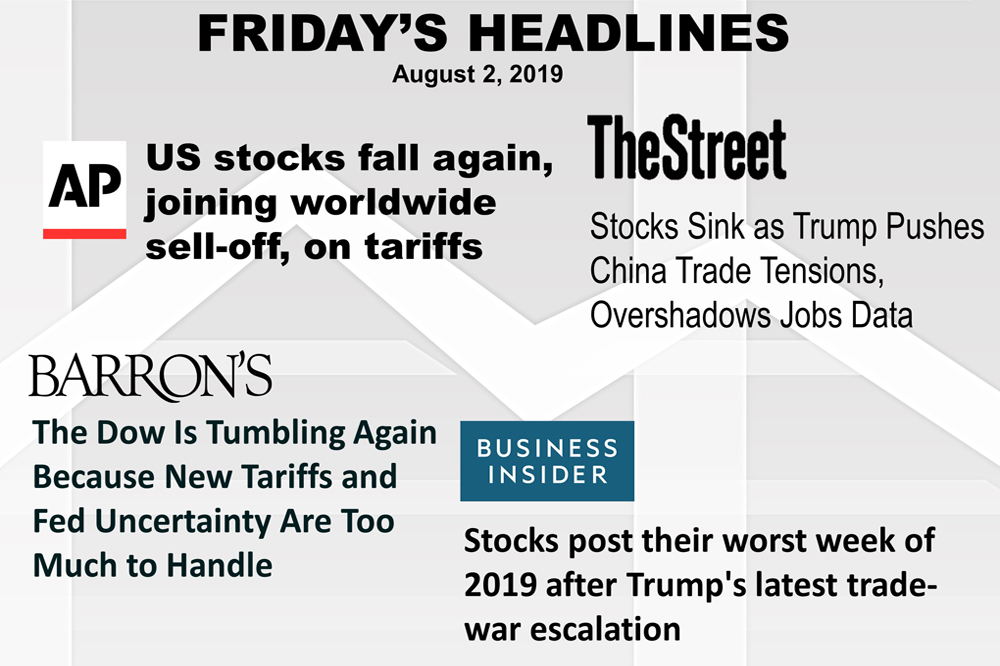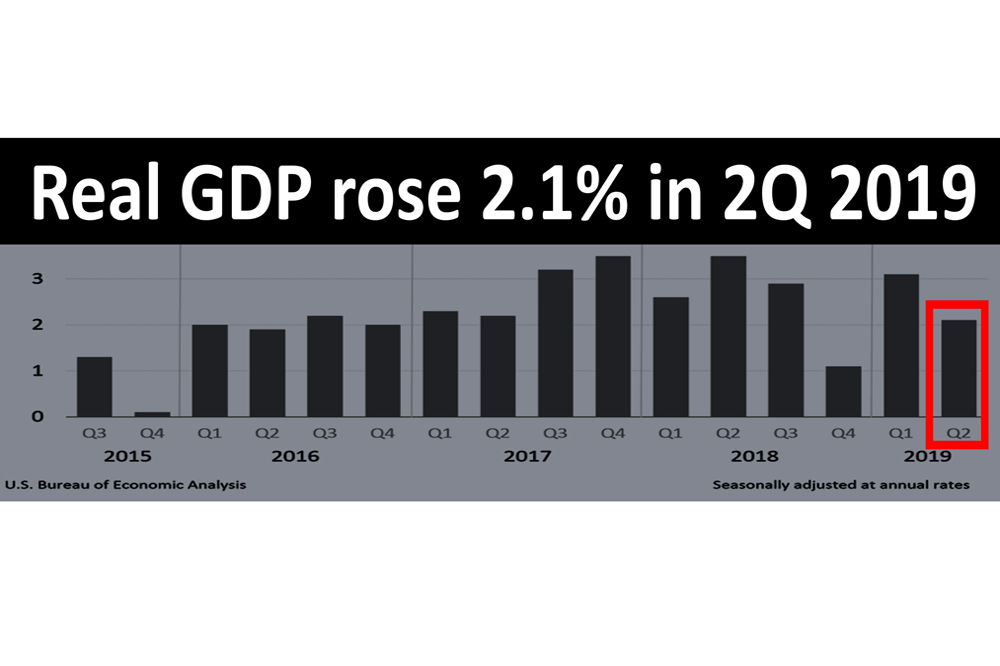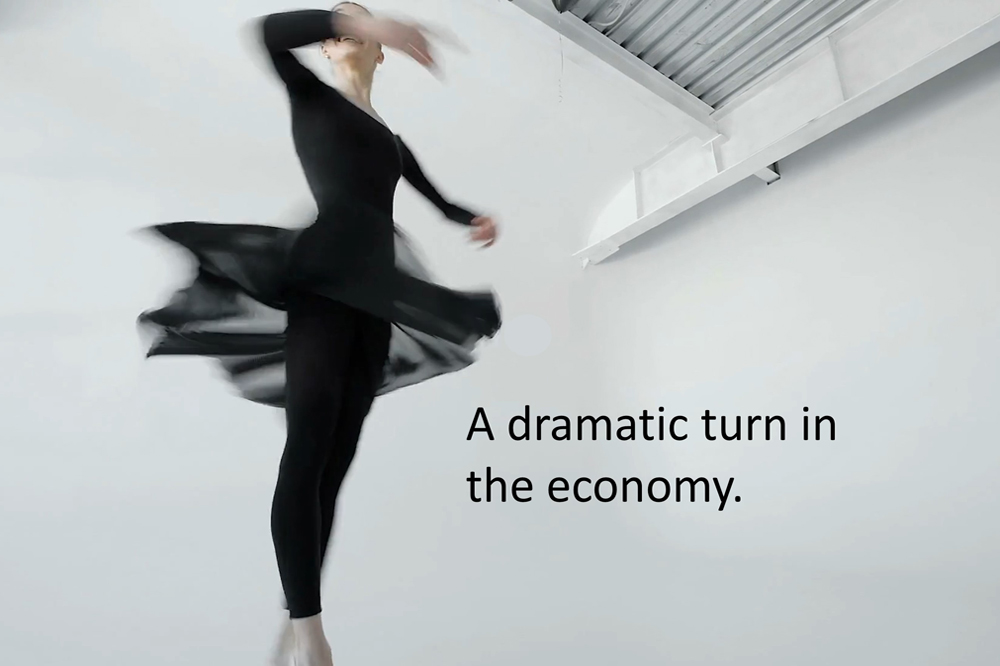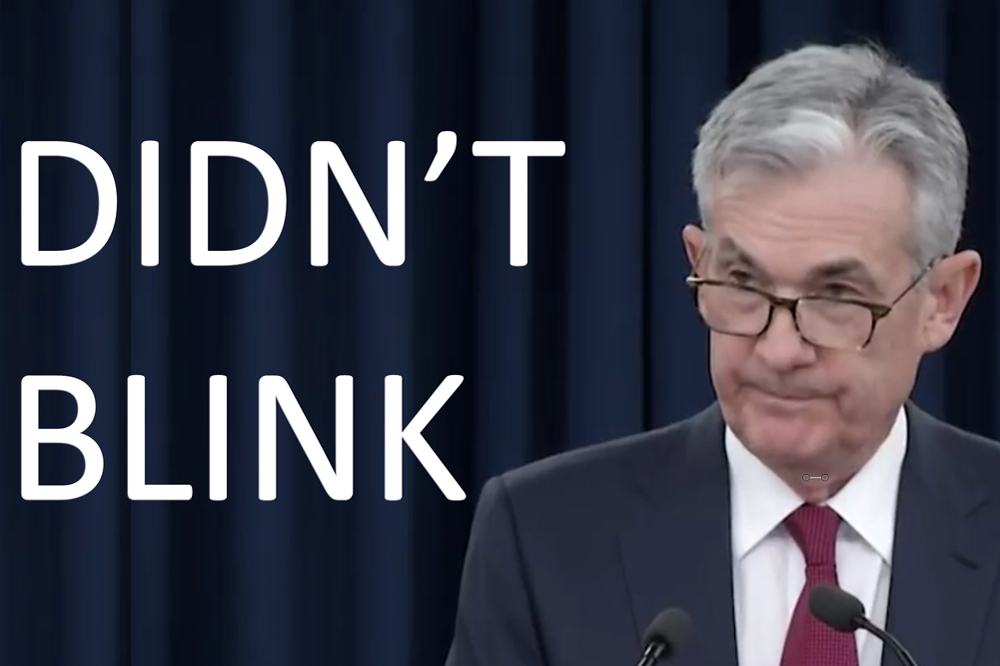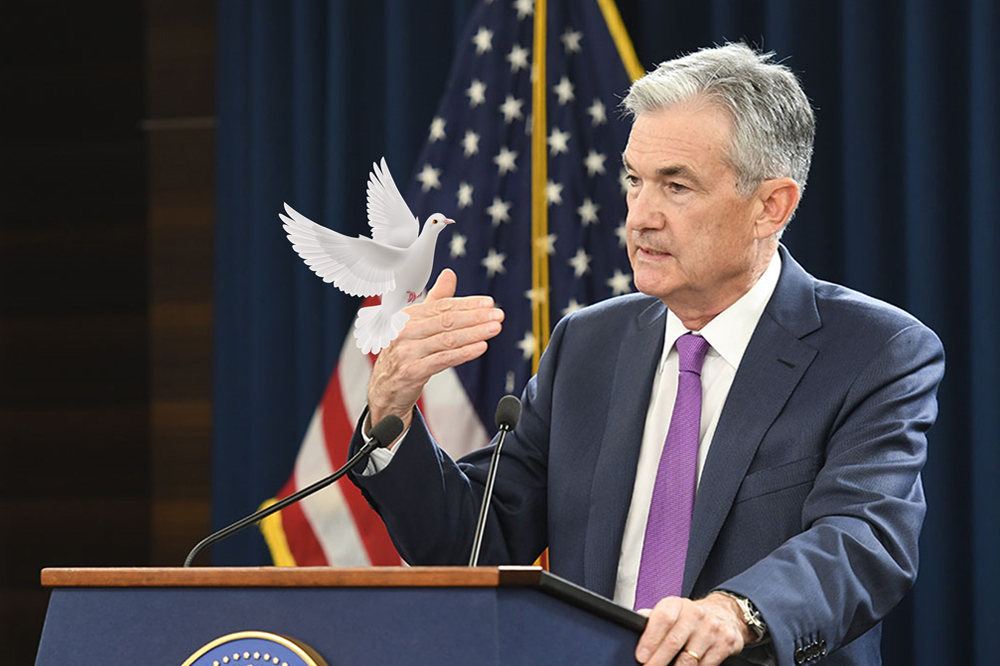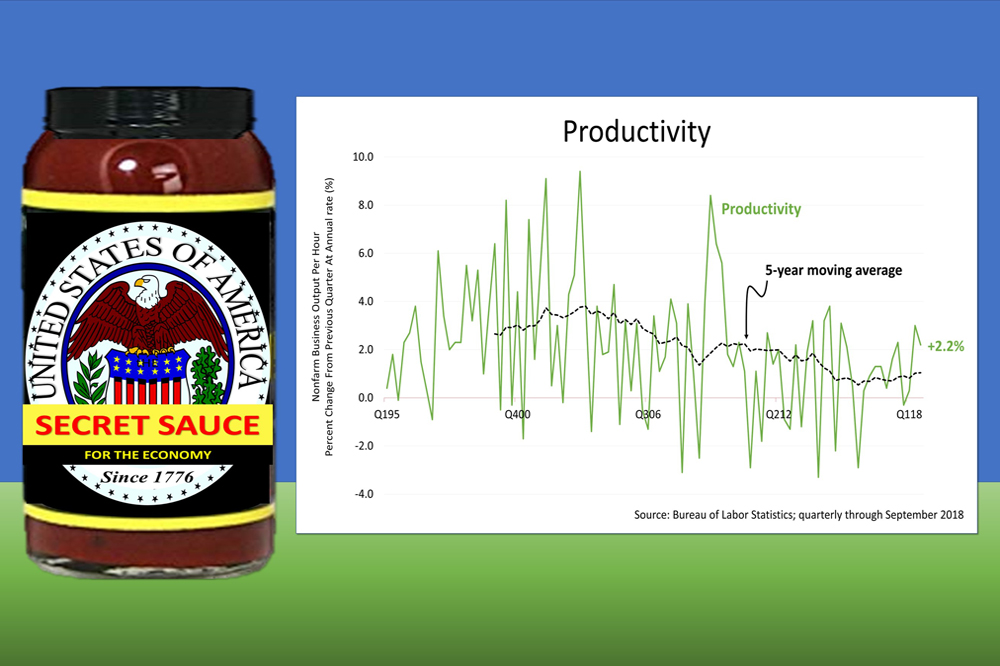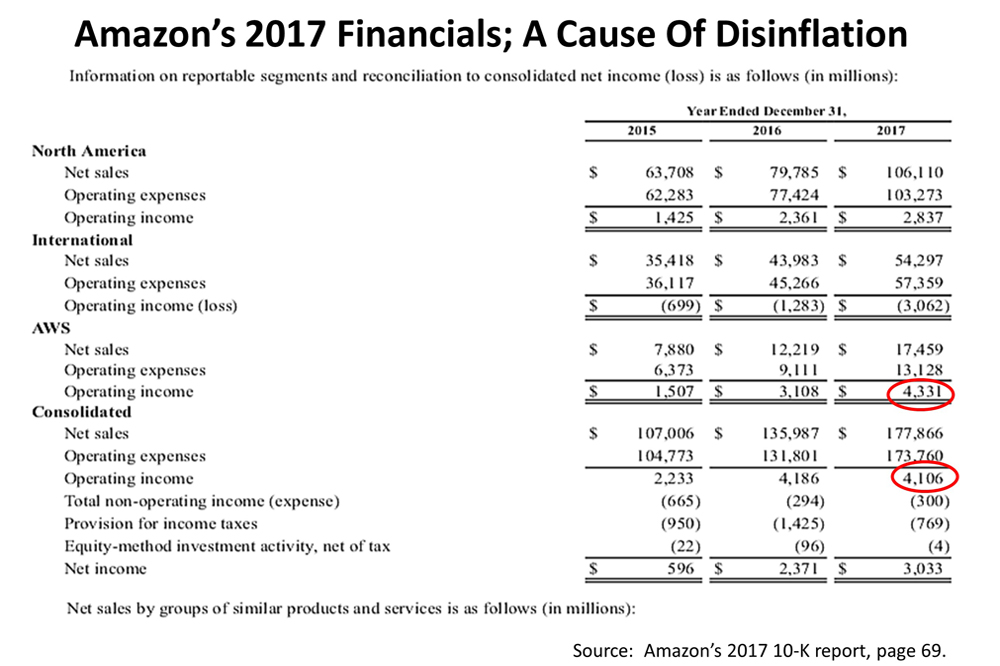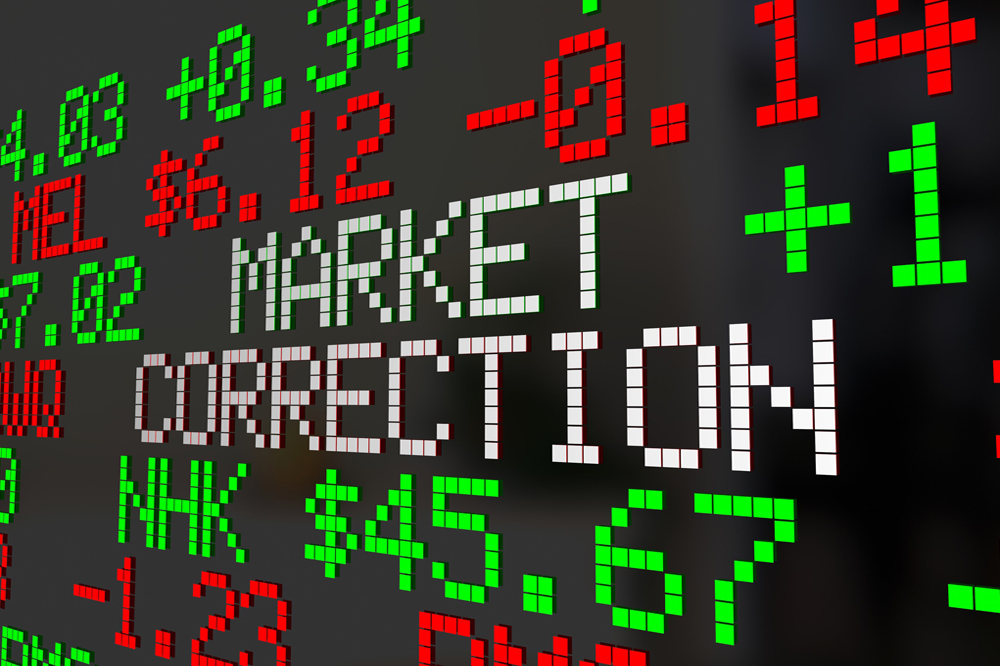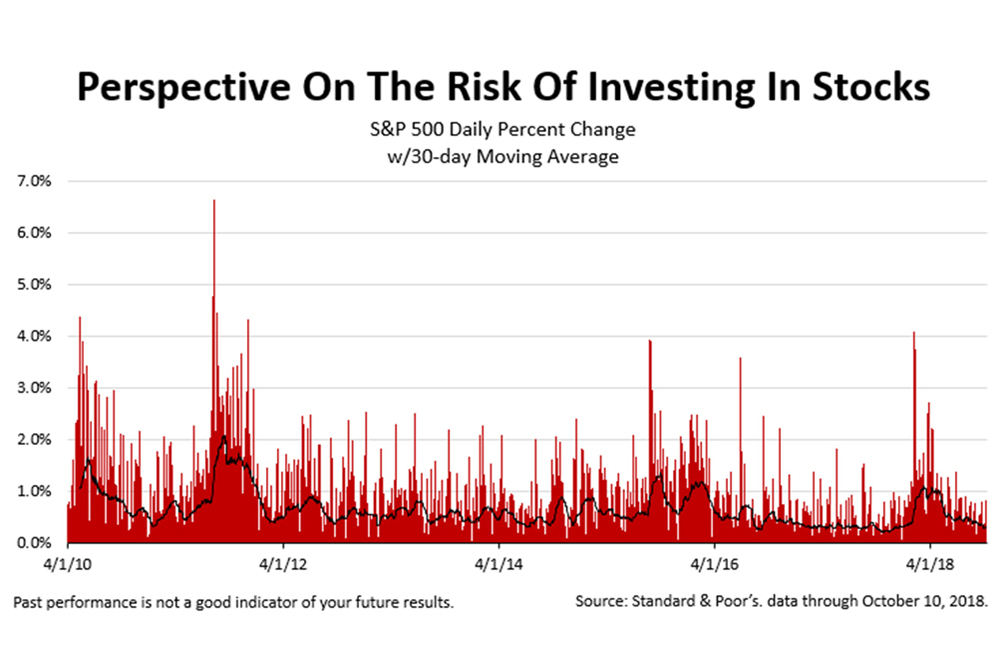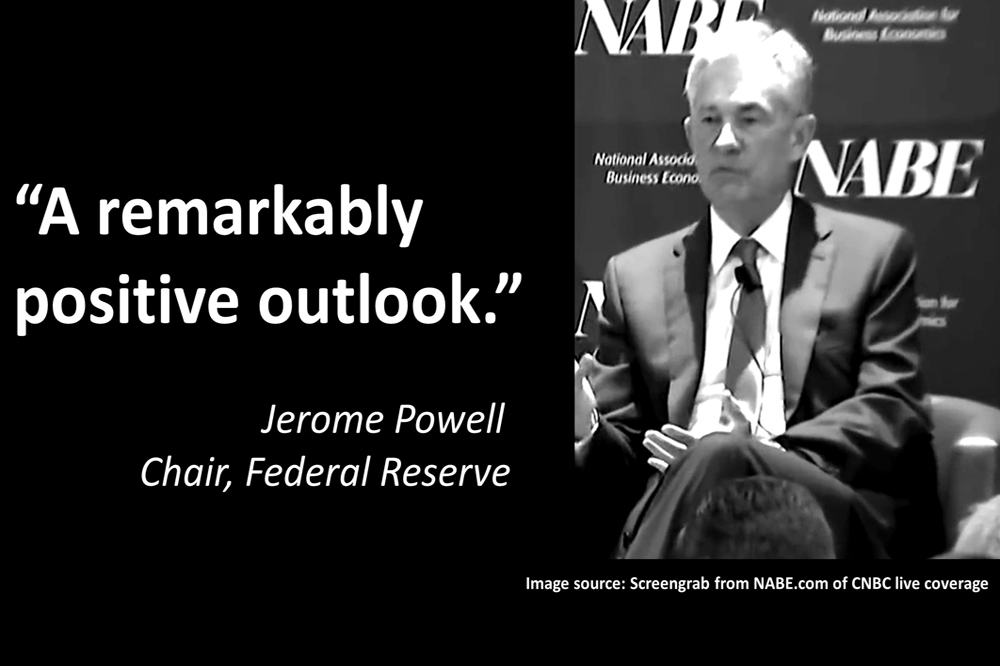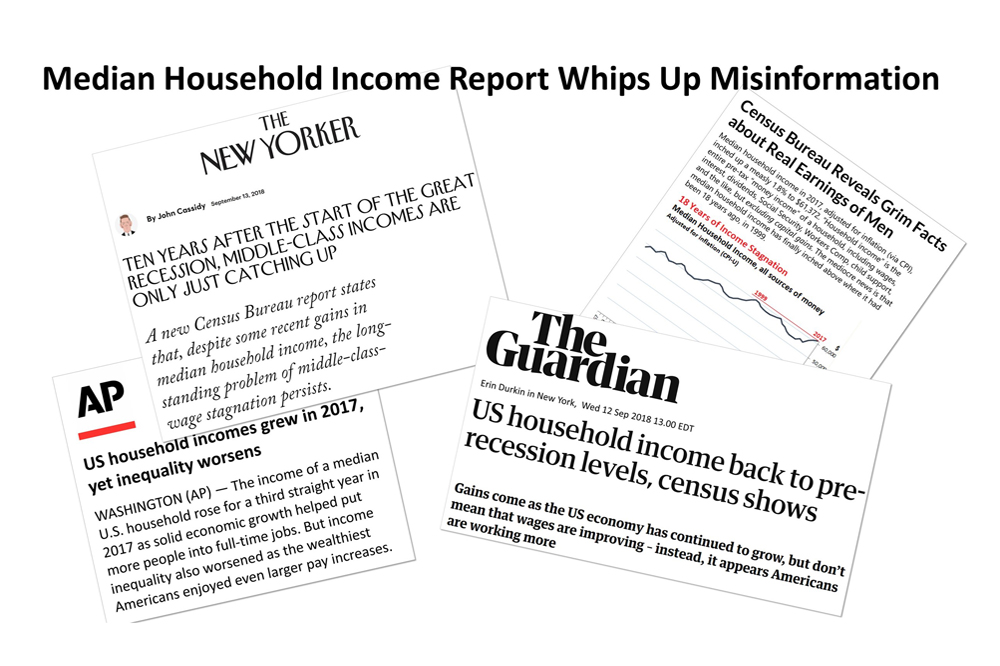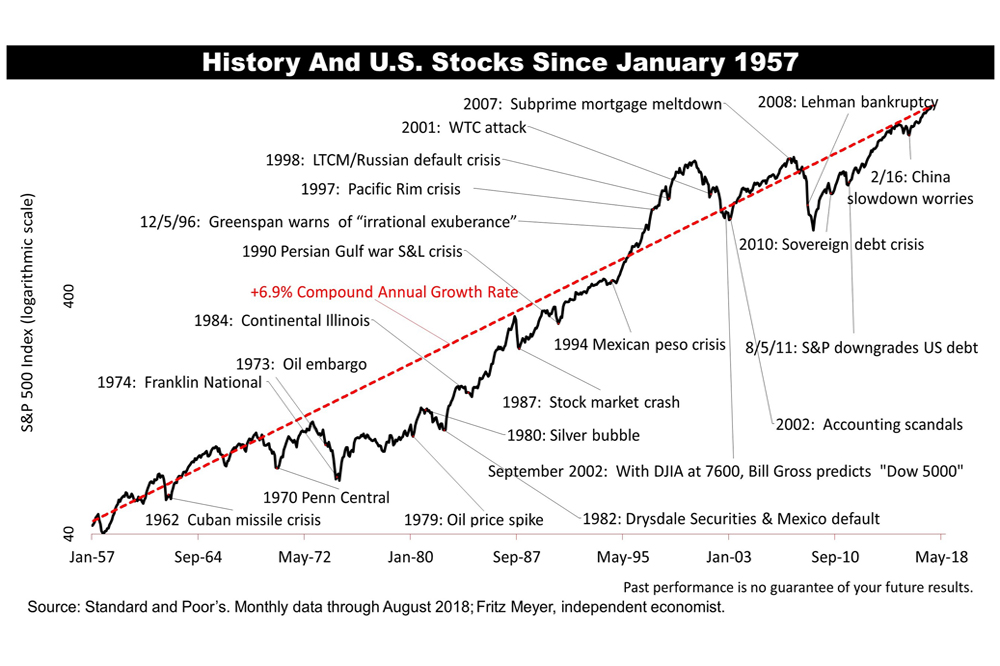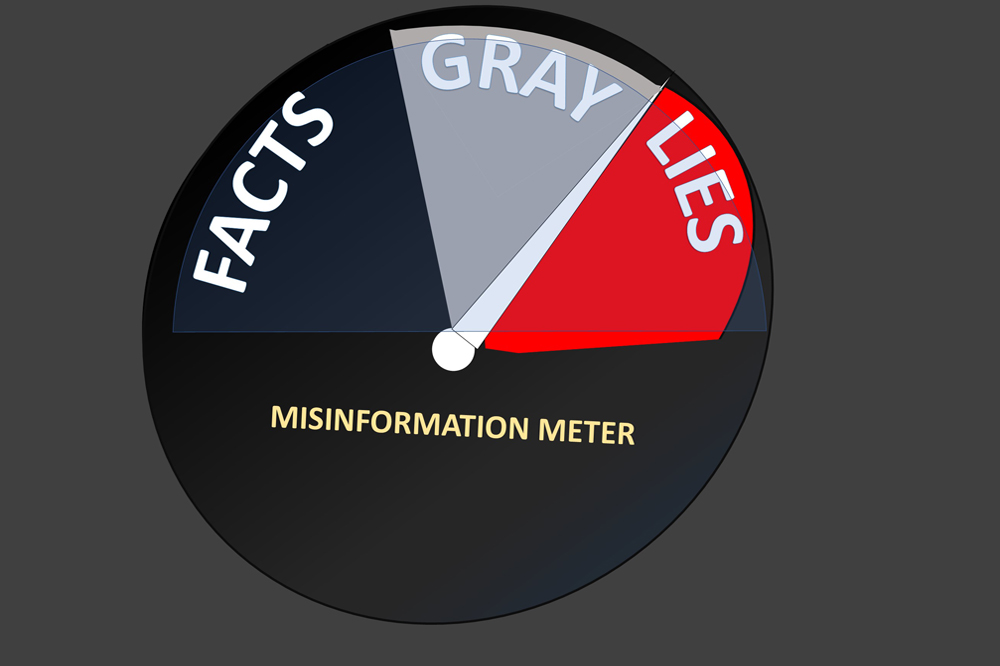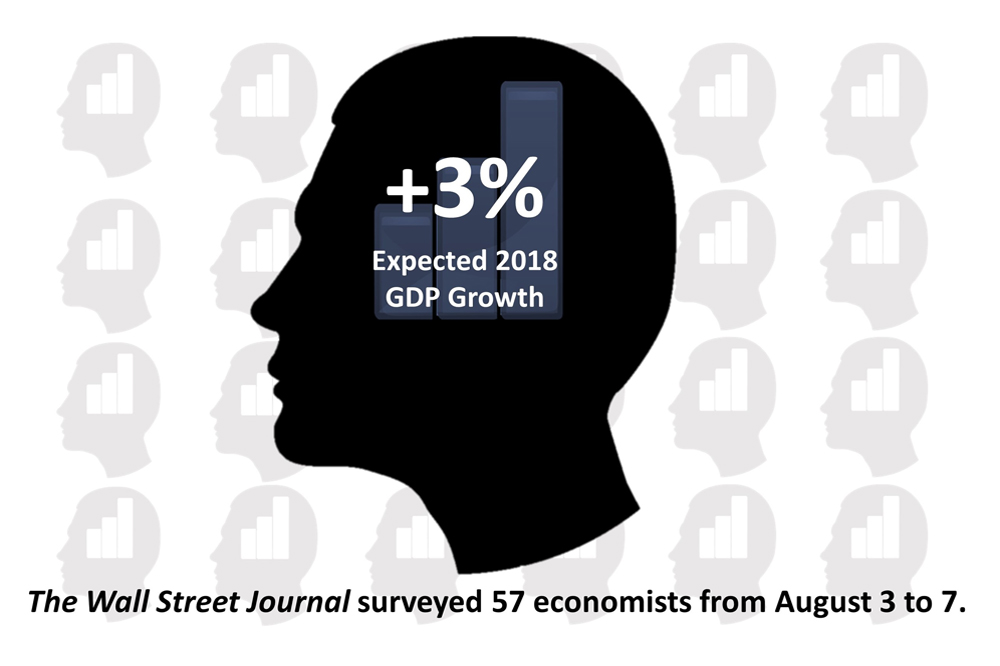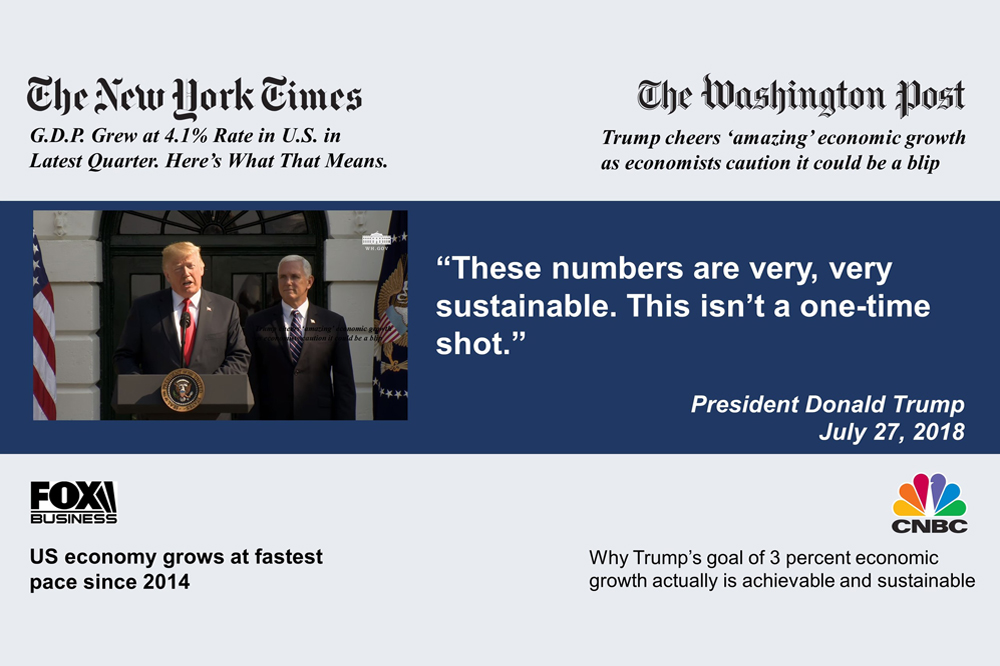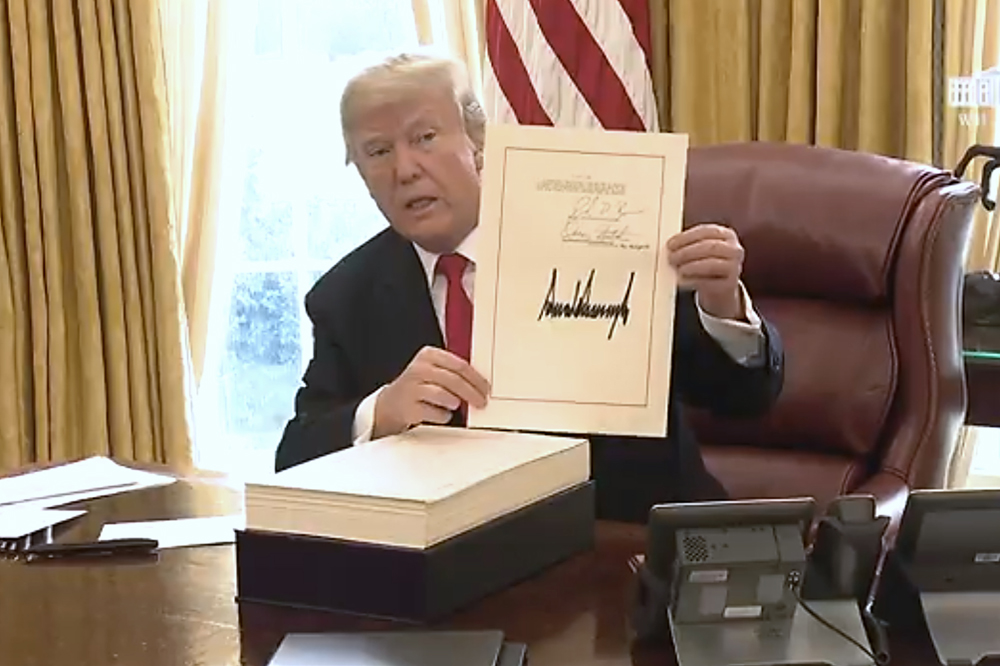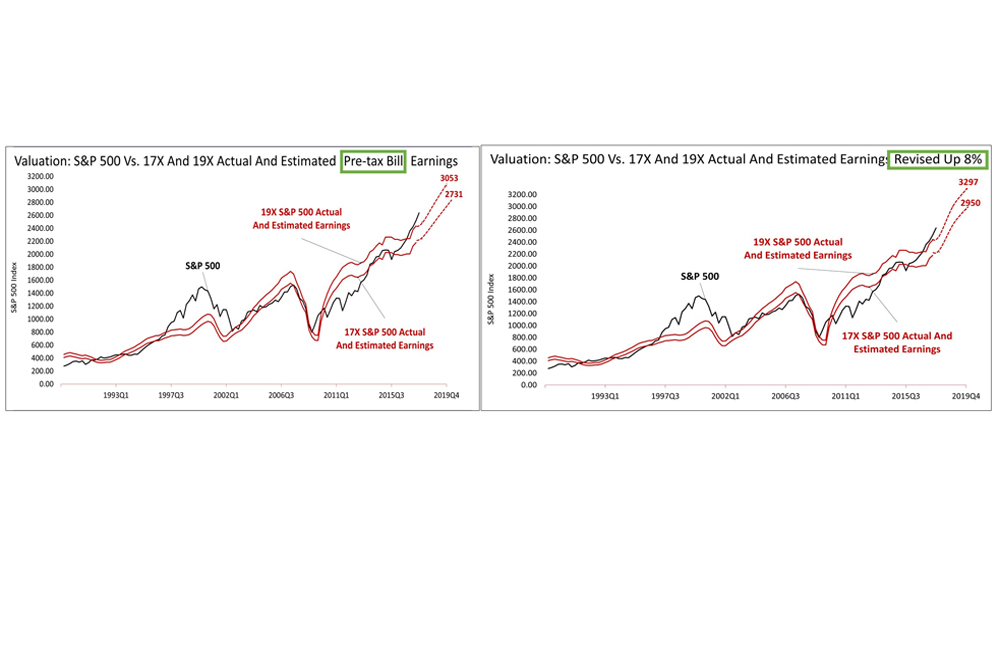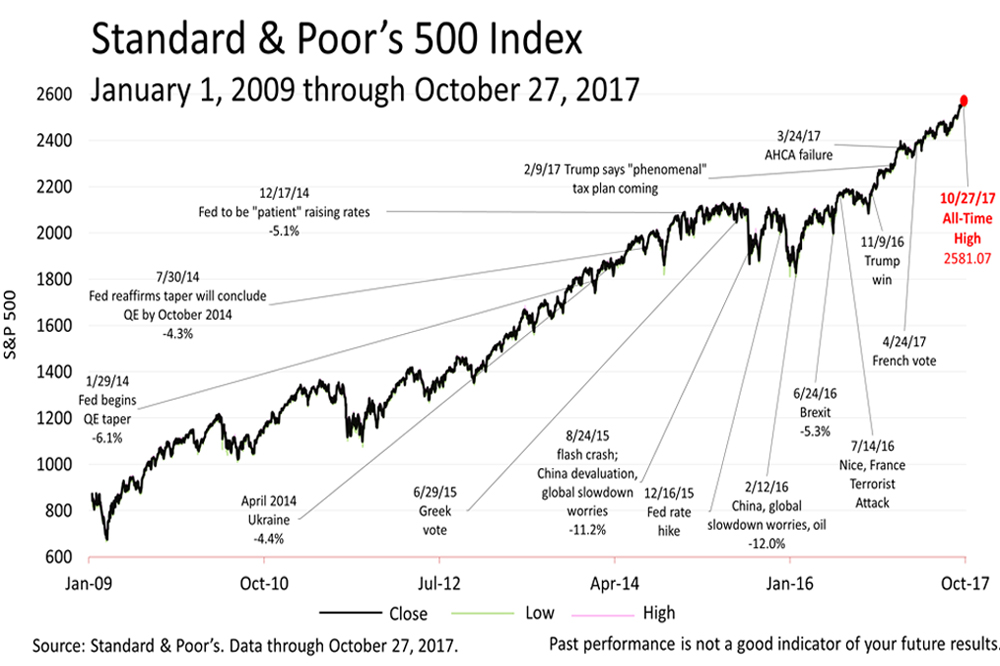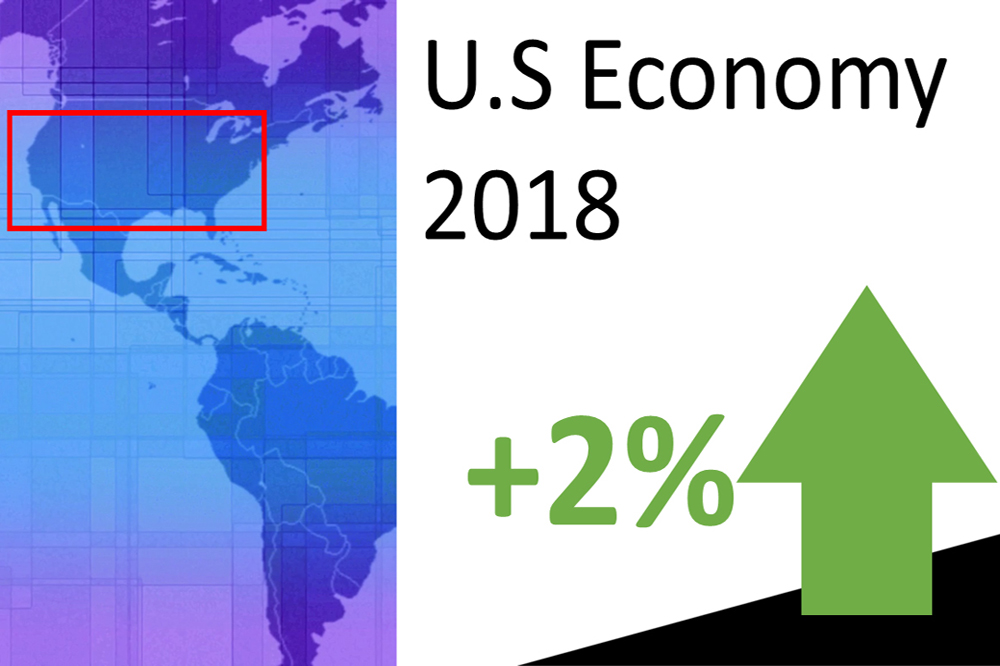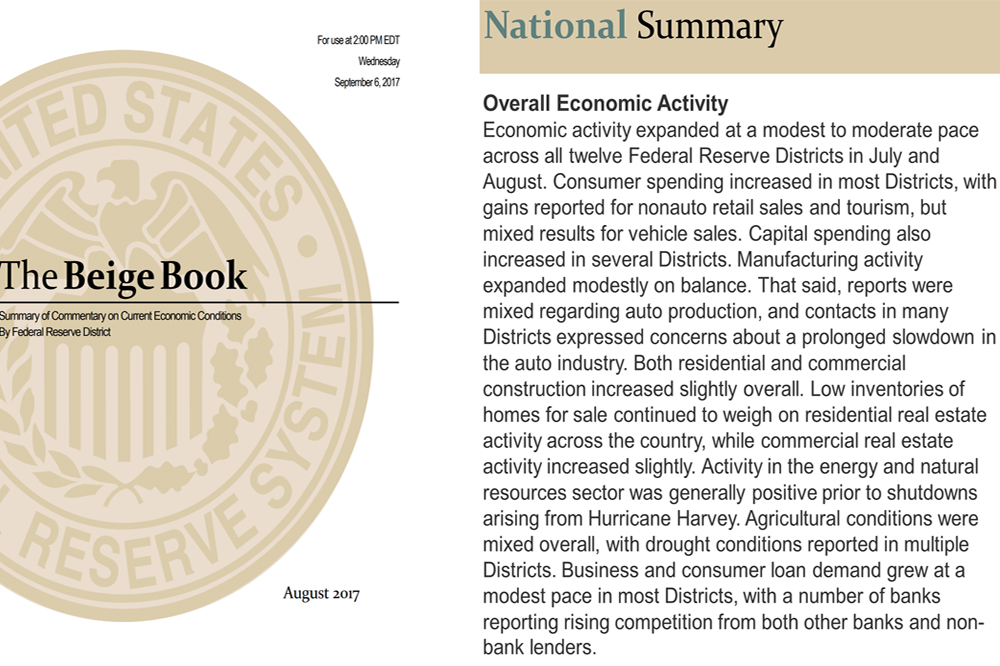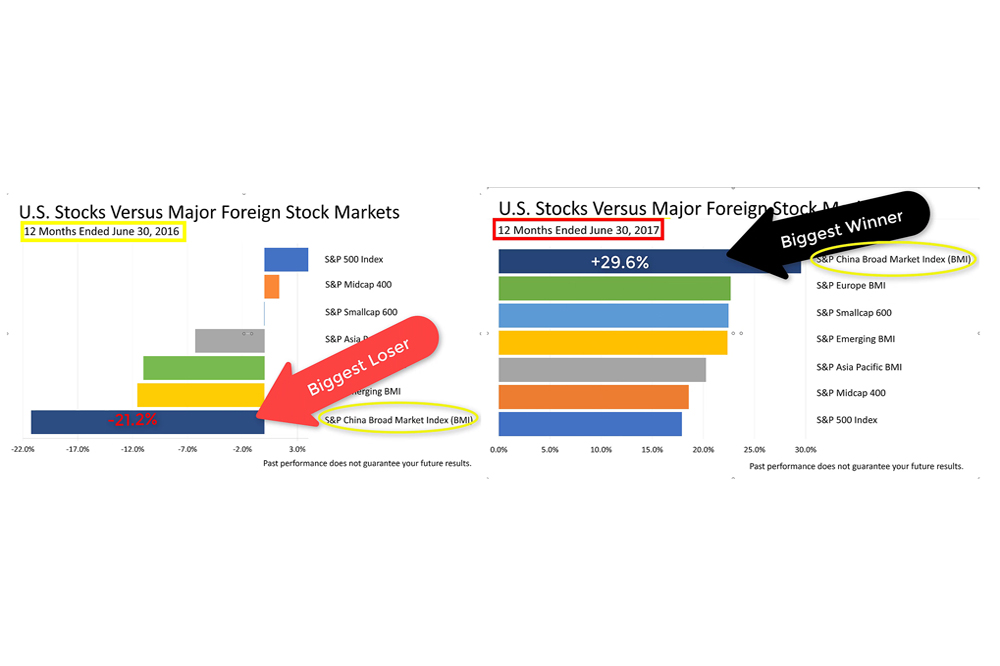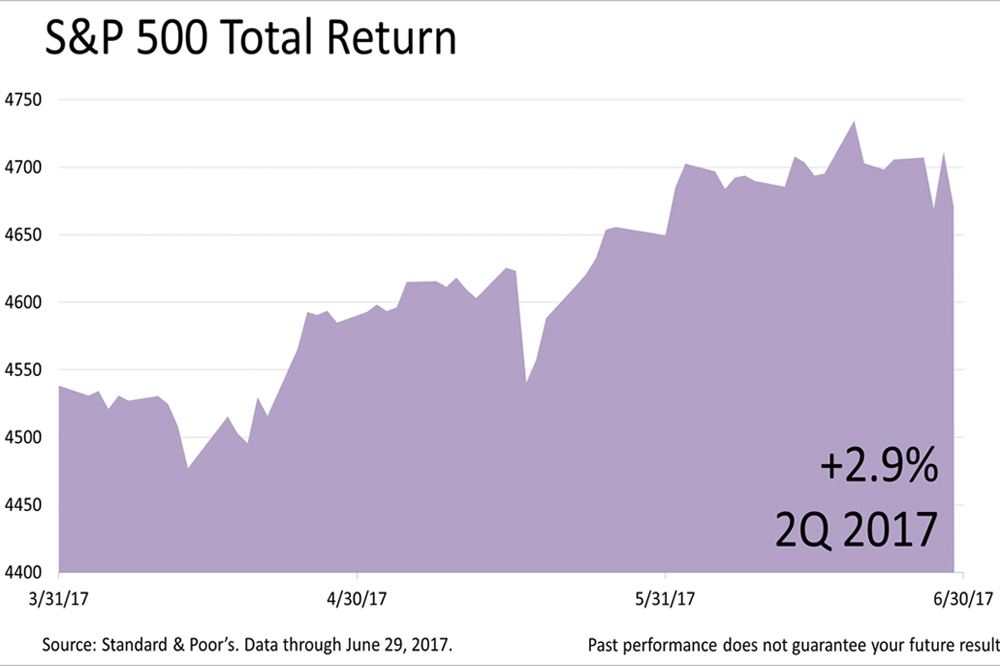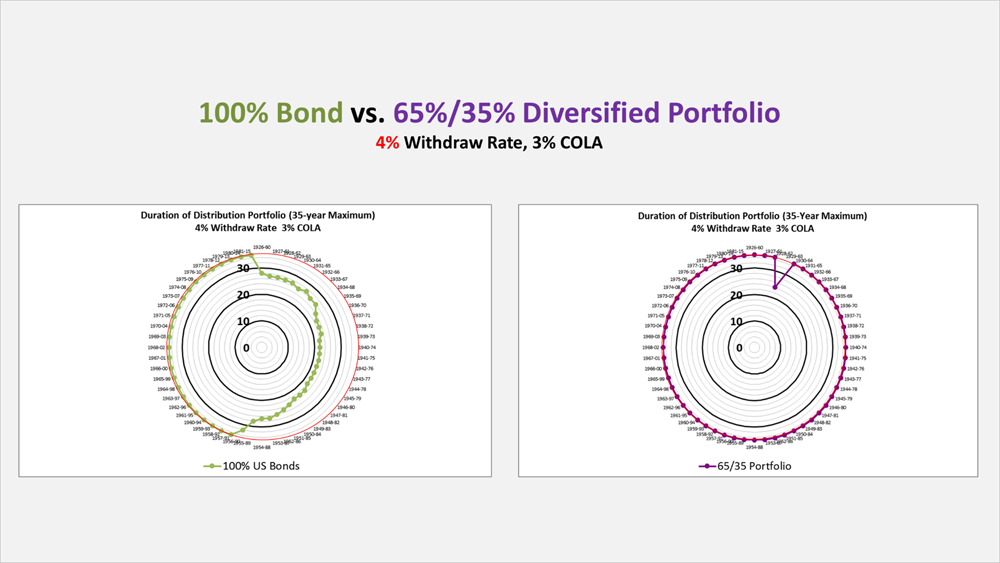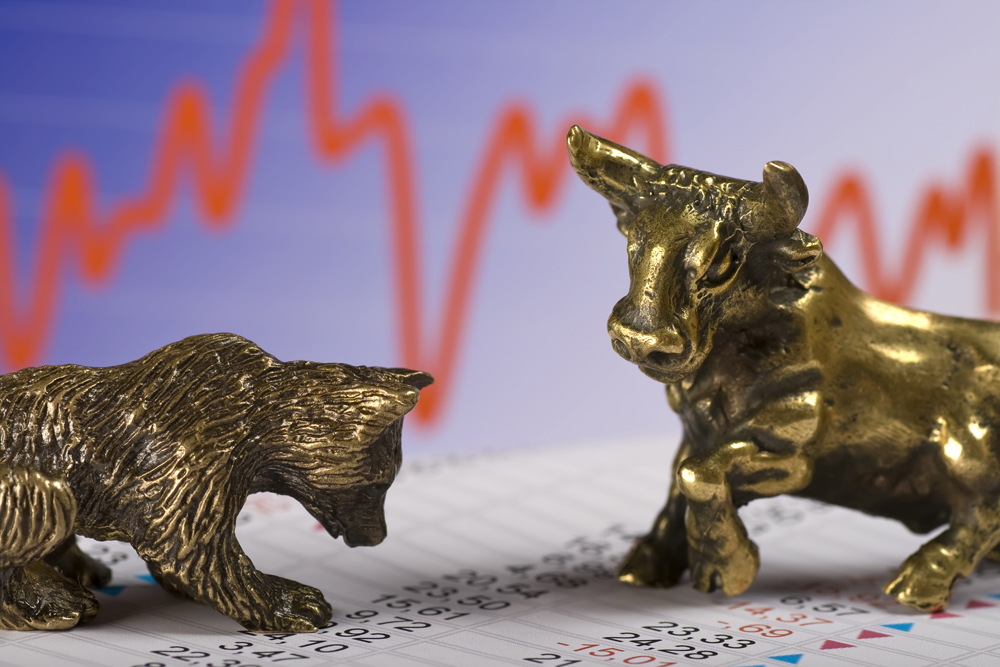Despite Frights, Can The Expansion Continue?
Published Friday, October 25, 2019 at: 7:00 AM EDT
As Halloween sweeps in, no shortage of frights haunt investment markets, including the trade war with China, a recession in the manufacturing sector, and unusual U.S. political uncertainty.
Despite the scary possibilities, the worst stock market drops of the past year all followed the Federal Reserve Board's pronouncements, and the Fed has been able to avert the market's worst fears.
For months now, the Federal Reserve, as it works to extend the economic expansion into 2020, has driven the stock market — both up and down.
It's always been wise not to get emotional about the news affecting markets, which may seem so dismal at bleak moments in history.
While past performance is not indicative of your future returns, we believe the long arc of history gives you a framework for modeling the future based on economic fundamentals.
As we near the 124th month of the longest business cycle in modern history, a growth rate of about 1.8% is sustainable — as long as the Fed does not make a policy mistake, which is always possible. The Federal Reserve's mistakes caused every recession in modern history.
Since Alexander Hamilton revolutionized central banking in 1790, the United States has learned from its mistakes. The Fed used modern tactics to stop the world financial system from collapsing in 2008 and its three-stage quantitative easing program — a central bank tactic never before attempted in a major economy — helped refinance the American expansion that remains intact.
The Fed is more nimble and quicker to change monetary policy before economic growth is choked by high lending-rates. And the speed of information has accelerated; monetary policy shifts are promulgated in an instant.
A Fed mistake caused the inversion of the yield curve in December of 2018, but the Fed quickly recognized its policy was not working and eased rates twice by a quarter-point since then.
A subtle trend illustrated in this chart is that the nation's central bank has been able to lengthen the business cycle in recent decades.
Fed Chairman Powell has publicly stated that the Fed could possibly extend this current cycle of growth in gross domestic product well beyond the 123 months already achieved.
Central banks have learned how to better manage national economies, a sign of progress in the modern era that has unfolded slowly in the post-War period.
Haunted but undaunted, the Standard & Poor's 500 stock index closed on Friday at 3,022.55, three one-hundredths of 1% lower than its all-time record closing high.
This article was written by a veteran financial journalist based on data compiled and analyzed by independent economist, Fritz Meyer. While these are sources we believe to be reliable, the information is not intended to be used as financial or tax advice without consulting a professional about your personal situation. Tax laws are subject to change. Indices are unmanaged and not available for direct investment. Investments with higher return potential carry greater risk for loss. No one can predict the future of the stock market or any investment, and past performance is never a guarantee of your future results.
This article was written by a veteran financial journalist based on data compiled and analyzed by independent economist, Fritz Meyer. While these are sources we believe to be reliable, the information is not intended to be used as financial advice without consulting a professional about your personal situation. Indices are unmanaged and not available for direct investment. Investments with higher return potential carry greater risk for loss. Past performance is not an indicator of your future results.
2024
-
 Stocks Closed At A Record High
Stocks Closed At A Record High
-
 Federal Reserve Projects Strong Growth
Federal Reserve Projects Strong Growth
-
 The Best People Were Wrong
The Best People Were Wrong
-
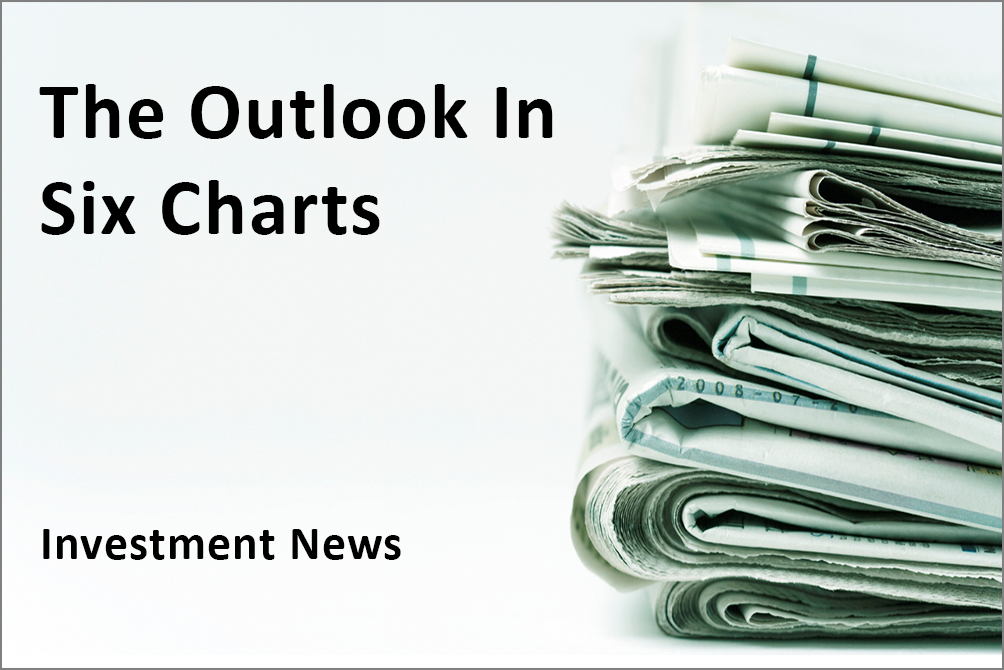 This Week’s Investment News In Six Charts
This Week’s Investment News In Six Charts
-
 U.S. Investor Picture Of The Week
U.S. Investor Picture Of The Week
-
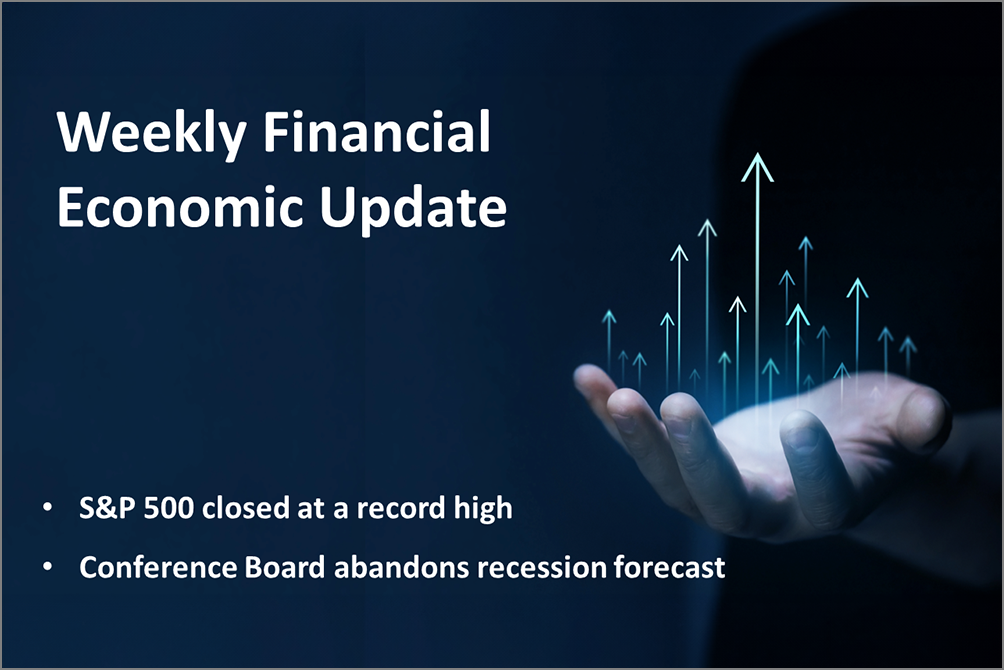 The Conference Board Backs Off Its Recession Forecast
The Conference Board Backs Off Its Recession Forecast
-
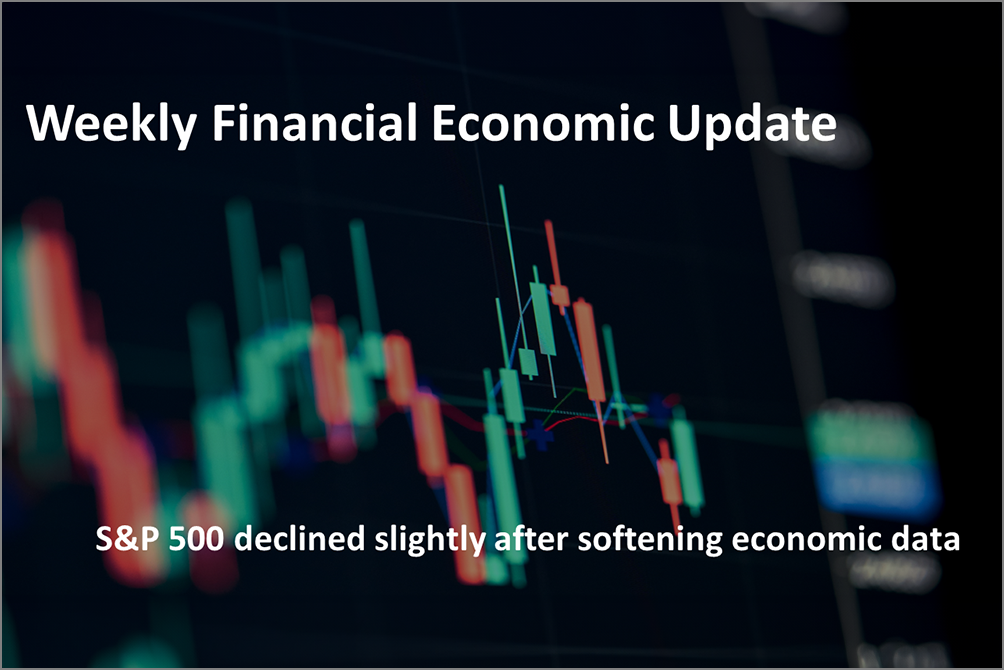 Softening Economic Data, Inflation Fears Dampen Stock Rally
Softening Economic Data, Inflation Fears Dampen Stock Rally
-
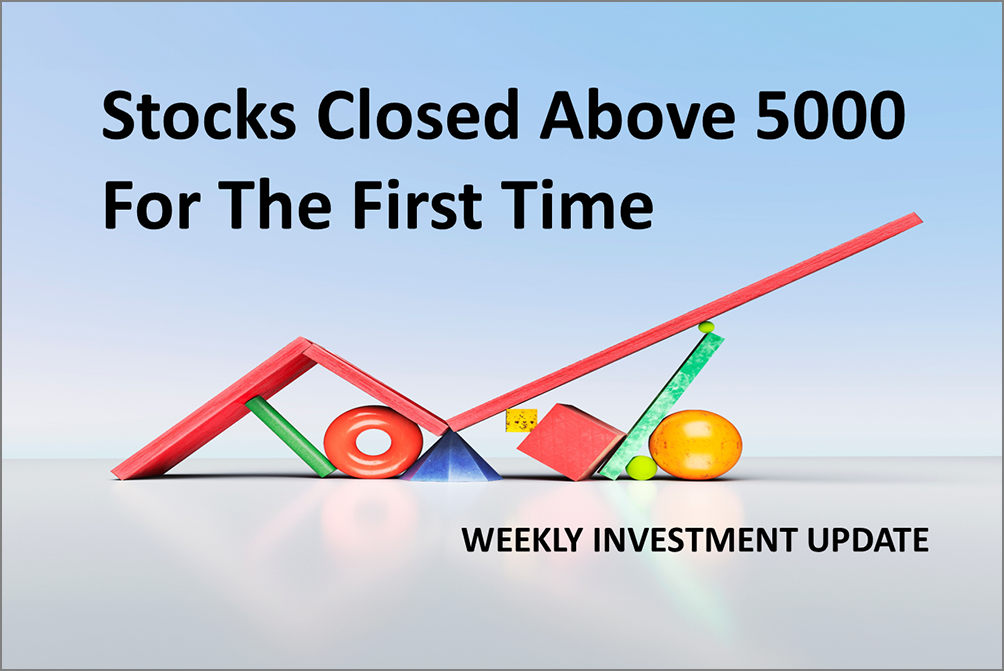 S&P 500 Closes Above 5000 For The First Time Ever
S&P 500 Closes Above 5000 For The First Time Ever
-
 Why America Is The World’s Economic Leader
Why America Is The World’s Economic Leader
-
 Investment News For The Week Ended Friday, January 26
Investment News For The Week Ended Friday, January 26
-
 Why Stocks Broke The All-Time Record High
Why Stocks Broke The All-Time Record High
-
 A Strategic Update, With Stocks Near All-Time High And Crises Unfolding
A Strategic Update, With Stocks Near All-Time High And Crises Unfolding












